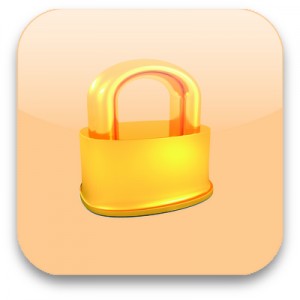Your office thermostat, conference room speaker, and smart badge reader are convenient, but they’re also doors into your network. With more devices than ever in play, keeping track can be tough, and it only takes one weak link to put your entire system at risk.
That’s why smart IT solutions matter now more than ever. A trusted IT partner can help you connect smart devices safely, keep data secure, and manage your whole setup without stress.
Here’s some practical steps for small teams getting ready to work with connected tech.
Know what you’ve got
Begin with all of your network’s smart devices, such as cameras, speakers, printers, and thermostats. If you are not aware of a device, you cannot keep it safe.
- Walk through the office and note each IoT device
- Record model names and who uses them
With a clear inventory, you’ll have the visibility you need to stay in control during updates or when responding to issues.
Change default passwords immediately
Most smart devices come with weak, shared passwords. If you’re still using the default password, you’re inviting trouble.
- Change every password to something strong and unique
- Store passwords securely where your team can consistently access them
It takes just a minute, and it helps you avoid one of the most common rookie mistakes: weak passwords.
Segment your work
Let your smart printer talk, but don’t let it talk to everything. Use network segmentation to give each IoT device space while keeping your main systems secure.
- Create separate Wi-Fi or VLAN sections for IoT gear
- Block IoT devices from accessing sensitive servers
- Use guest networks where possible
Segmented networks reduce risk and make monitoring easy.
Keep firmware and software updated
Security flaws are found all the time, and updates fix them. If your devices are out of date, you’re wide open to cyberattacks.
- Check for updates monthly
- Automate updates when possible
- Replace devices that are no longer supported
Even older units can be secure if they keep receiving patches.
Monitor traffic and logs
Once your devices are in place, watch how they talk. Unexpected activity could signal trouble.
- Use basic network tools to track how often and where devices connect
- Set alerts for strange activity, like a badge reader suddenly reaching the Internet
- Review logs regularly for odd patterns
You don’t need an army of security experts, just something as simple as frequent check-ins and awareness of odd behavior.
Set up a response plan
Incidents happen; devices can fail or malfunction. Without a plan, every problem turns into a major headache.
Your response plan should include who to contact when devices act weird and how you’ll isolate a problematic devices.
A strong response plan lets you respond quickly and keep calm when things go wrong.






 A network breach can be a relatively targeted operation perpetrated by a few attackers. However, once a breach is successful, the scale of the operation changes entirely. Whether the stolen data is personally identifiable information (PII), payment card data, or login credentials, the attackers face a challenge of scale. Millions of individual records need to be monetized either by reselling them or using the data directly for profit.
A network breach can be a relatively targeted operation perpetrated by a few attackers. However, once a breach is successful, the scale of the operation changes entirely. Whether the stolen data is personally identifiable information (PII), payment card data, or login credentials, the attackers face a challenge of scale. Millions of individual records need to be monetized either by reselling them or using the data directly for profit.